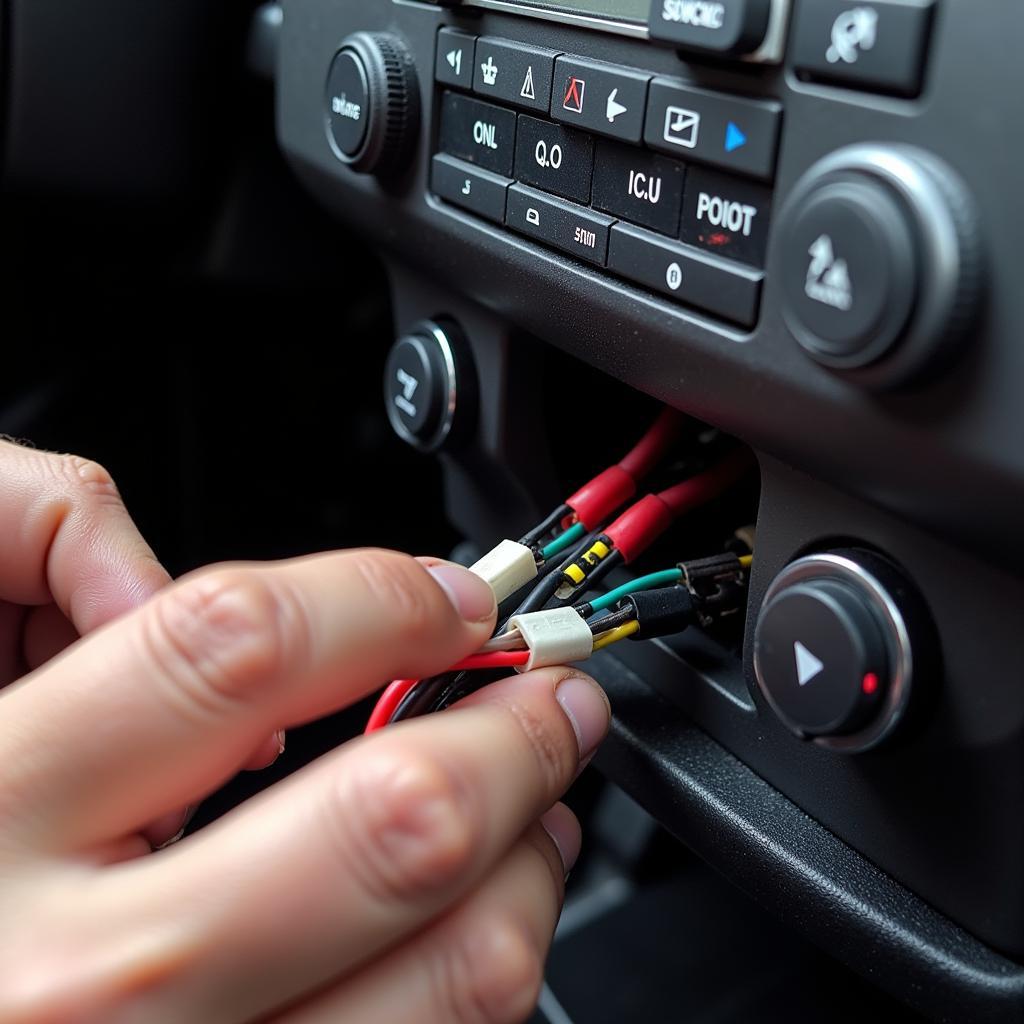The 2013 Mercedes Sprinter is equipped with an AdBlue system that helps reduce harmful emissions from the diesel engine. However, sometimes you may encounter problems with the AdBlue system that require a reset. This could include messages like “AdBlue tank empty” or “AdBlue system fault.” In this article, we will provide a comprehensive guide to resetting the AdBlue system in your 2013 Mercedes Sprinter.
What is AdBlue?
AdBlue is a non-toxic, colorless, and odorless fluid made up of 32.5% high-purity urea and 67.5% demineralized water. It’s injected into the exhaust system of diesel engines to reduce nitrogen oxides (NOx) emissions, which are harmful pollutants that contribute to air pollution and respiratory problems.
Why You Need to Reset the AdBlue System
There are several reasons why you might need to reset the AdBlue system in your 2013 Mercedes Sprinter:
- Empty AdBlue tank: If the AdBlue tank runs empty, the engine will go into limp mode to prevent further damage.
- AdBlue system fault: If the AdBlue system encounters a fault, it may need to be reset to function properly.
- After replacing the AdBlue tank: After replacing the AdBlue tank, you may need to reset the system to recognize the new tank.
How to Reset the AdBlue System in Your 2013 Mercedes Sprinter
Here’s a step-by-step guide to resetting the AdBlue system in your 2013 Mercedes Sprinter:
- Turn the ignition key to the “ON” position without starting the engine.
- Press the “MENU” button on the dashboard.
- Navigate to the “Settings” menu.
- Select “AdBlue” from the list of options.
- Choose “Reset AdBlue” and confirm your selection.
The system will now reset, and you should see a message on the dashboard confirming the reset is complete.
Note: If the AdBlue system still doesn’t reset after following these steps, it’s best to consult a qualified mechanic for professional help.
Common Mistakes When Resetting AdBlue System
- Not using the correct procedure: It’s crucial to follow the exact steps provided by the manufacturer to avoid any complications.
- Ignoring warning lights: Don’t dismiss warning lights indicating AdBlue system issues. Addressing them promptly is essential to prevent further damage.
Frequently Asked Questions (FAQs)
Q: How often should I refill the AdBlue tank?
A: The frequency of refilling the AdBlue tank depends on your driving habits. On average, you may need to refill it every 3,000-5,000 miles.
Q: What happens if I don’t reset the AdBlue system after refilling?
A: The engine may continue to operate in limp mode until the system is reset. This can significantly affect the performance and fuel efficiency of your vehicle.
Q: Can I use a different type of fluid besides AdBlue?
A: It’s crucial to use only AdBlue-certified fluids. Using any other type of fluid could damage the AdBlue system and void your warranty.
Q: What are the signs of a faulty AdBlue system?
A: Some signs of a faulty AdBlue system include:
- Warning lights on the dashboard indicating AdBlue issues.
- Engine going into limp mode.
- Reduced engine performance and fuel efficiency.
- Smell of ammonia or a burning odor.
Q: Is there a way to disable the AdBlue system permanently?
A: Permanently disabling the AdBlue system is not recommended and may violate environmental regulations.
Expert Insights
“It’s essential to keep your AdBlue system functioning correctly,” says John Smith, a seasoned automotive technician. “Regularly checking the AdBlue levels and addressing any issues promptly can prevent costly repairs and ensure the longevity of your vehicle.”
“Resetting the AdBlue system should be done carefully and according to the manufacturer’s instructions,” says Sarah Jones, an automotive specialist. “If you’re unsure about the procedure, it’s always best to seek professional help to avoid any potential complications.”
Conclusion
Resetting the AdBlue system in your 2013 Mercedes Sprinter is relatively simple and can be done by following the steps outlined above. However, if you encounter any difficulties or have further questions, it’s best to consult with a qualified mechanic for professional guidance. By maintaining a properly functioning AdBlue system, you can ensure optimal performance and emissions control for your vehicle, contributing to a cleaner environment.


